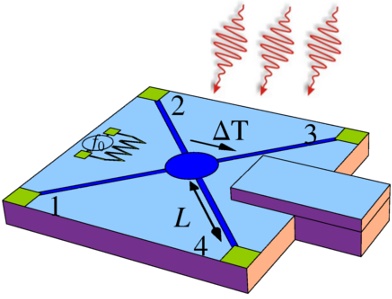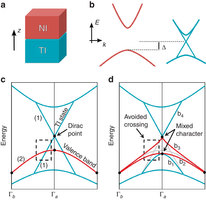Estudo de efeito termoelétrico publicado em PRL
Efeito Termoelétrico e Estado de Resistência Nula



Trabalho publicado por Leandro Seixas, Adalberto Fazzio, S.B. Zhang e D. West na
"Nature Comunications" em 03 de Julho .
Faculty Position Opening
University of São Paulo / Institute of Physics
Department of Materials Physics and Mechanics
Rank: Assistant Professor (Permanent Position)
Faculty Position Opening
University of São Paulo / Institute of Physics
Department of Materials Physics and Mechanics
Rank: Assistant Professor (Permanent Position)

Uma nova área de pesquisa em materiais 2D tem explorado a combinação destes materiais
em heteroestruturas verticais chamadas de cristais de van der Waals. Um trabalho
realizado por membros do DFMT, com o objetivo de obter novas propriedades a partir do
empilhamento apropriado, foi publicado Phys. Rev. Lett. e obteve destaque na segunda
edição do BIFUSP.
Read more:
van der Waals Heterostructure of Phosphorene and Graphene:
Procuramos alunos de Iniciação Científica, Mestrado, Doutorado e Pós-Doutorado interessados em projetos de pesquisa na área de nanotecnologia aplicada a celulas solares, lasers de cascata quântica e fotodetectores de radiação infravermelha. As pessoas interessadas podem entrar em contato com o Prof. Alain Quivy ((11) 3091-7147 ou aquivy@if.usp.br).
|
xxxxxxxxxxxxxxxxxxxxxxxxxx Leia mais |
Artigo da Professora Maria Cristina dos Santos é escolhido como capa da revista Advanced Materials. |
|
xxxxxxxxxxxxxxxxxxxxxxxxxxxxxxxxxxxxxxxxxxx |